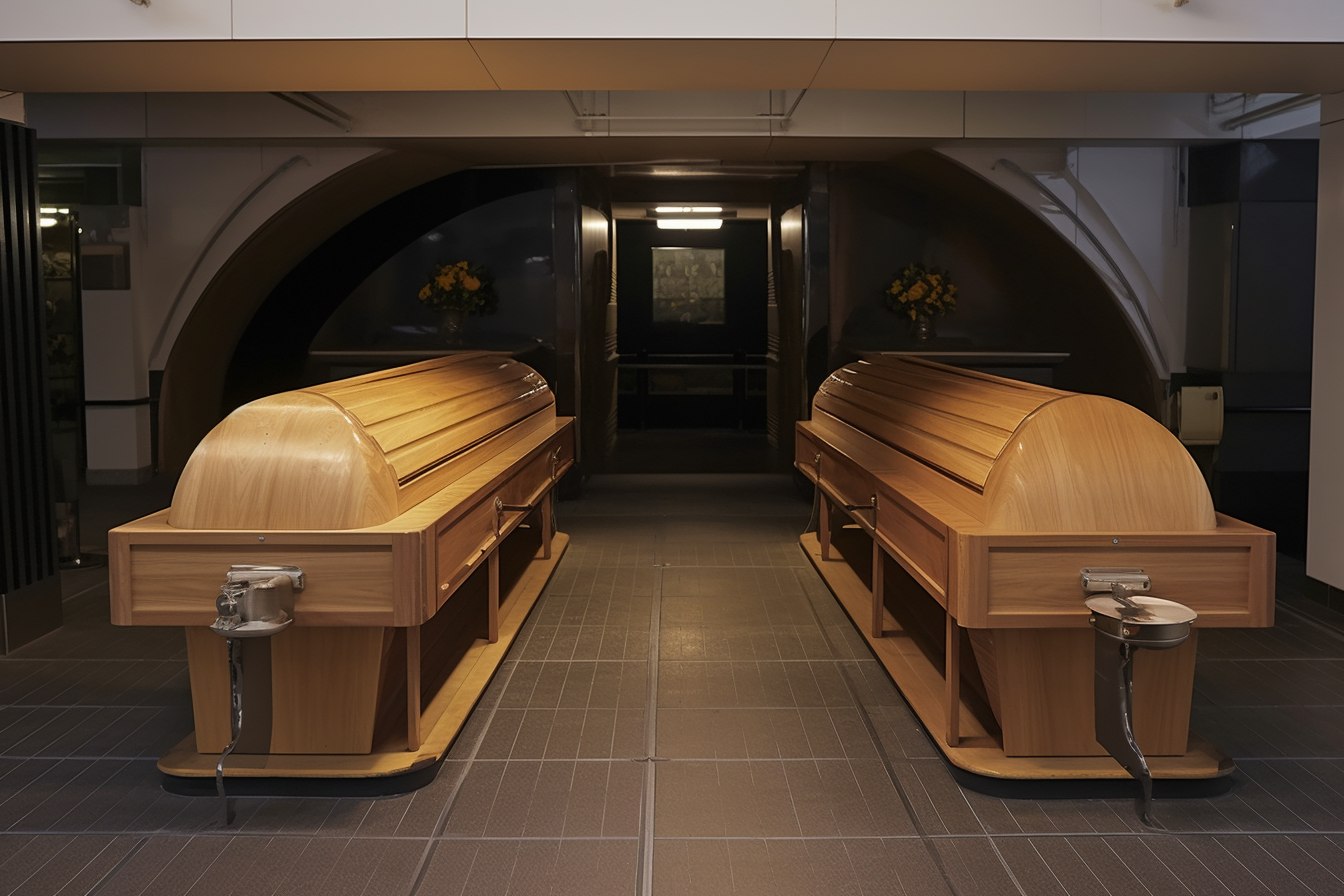Direct Cremation Expenses in Australia 2025: Budget-Friendly Choices and Money-Saving Advice
In 2025, direct cremation in Australia generally costs much less than traditional burial. This article outlines typical price ranges, what is usually included, regional variations, and practical tips to help families reduce cremation-related expenses and plan respectfully and affordably.

Understanding the financial aspects of end-of-life arrangements has become essential for Australian families planning ahead or facing immediate decisions. Direct cremation represents a straightforward approach that eliminates many traditional funeral elements while maintaining dignity and respect. By examining current pricing structures and available options, families can make informed choices that align with both their values and financial circumstances.
What Is Direct Cremation and Why Is It More Cost-Effective?
Direct cremation involves the cremation of a deceased person without a formal funeral service beforehand. The body is collected, prepared according to legal requirements, and cremated without embalming, viewing, or ceremony at the funeral home. Families receive the ashes afterward and can arrange memorial services independently if desired. This approach reduces costs by eliminating expenses associated with embalming, caskets, venue hire, transportation for processions, and professional service fees for coordinating traditional funerals. The simplicity of direct cremation makes it accessible to families across different financial situations while still providing a respectful farewell.
Usual Direct Cremation Costs in Australia for 2025
Direct cremation expenses in Australia vary depending on location, provider, and specific requirements. Metropolitan areas typically see prices ranging from approximately 1,200 to 3,500 Australian dollars, while regional locations may differ based on local crematorium availability and transport distances. The variation reflects differences in operational costs, facility fees, and service inclusions across providers. Some companies offer fixed-price packages that simplify budgeting, while others charge itemized fees for each component. Understanding these price ranges helps families set realistic expectations and compare offerings effectively.
Prices, rates, or cost estimates mentioned in this article are based on the latest available information but may change over time. Independent research is advised before making financial decisions.
What Is Generally Included in Direct Cremation Fees?
Standard direct cremation packages typically cover several essential services and requirements. These generally include collection of the deceased from the place of death within a specified radius, secure storage until cremation, completion of necessary paperwork and documentation, a basic cremation container, the cremation process itself, and return of ashes in a simple urn or container. Most providers also include doctor and medical examiner fees, crematorium charges, and basic administrative support for death certificate registration. Understanding these inclusions helps families recognize what represents fair value and identify any gaps that might require additional expenditure.
Additional Charges and Optional Extras to Consider
Beyond base packages, families may encounter various additional costs depending on their circumstances and preferences. Collection outside standard service areas often incurs distance-based fees, typically calculated per kilometer beyond a specified radius. Upgraded urns, keepsake jewelry, or memorial items represent optional purchases that increase total expenses. If the death occurs in a hospital or care facility outside business hours, some providers charge after-hours collection fees. Families requesting witnessed cremations, where relatives observe the cremation process beginning, usually pay supplementary charges. Death certificate copies beyond the initial provided quantity, newspaper obituary notices, and floral tributes also add to overall costs. Planning for these potential extras ensures families avoid unexpected financial pressure during an already difficult time.
Comparing Direct Cremation Costs with Traditional Burial Expenses
The cost difference between direct cremation and traditional burial in Australia is substantial. Traditional funerals with burial typically range from 8,000 to 15,000 Australian dollars or more, depending on choices made regarding caskets, service complexity, burial plot purchases, and ongoing maintenance fees. Direct cremation represents approximately 15 to 30 percent of traditional burial costs, making it significantly more economical. Traditional arrangements include embalming, formal viewing, ceremonial services, hearse transportation, burial plot acquisition, headstone or memorial marker installation, and perpetual care fees for grave maintenance. Direct cremation eliminates most of these expenses while still providing families the opportunity to create meaningful memorial experiences independently and at their own pace.
| Service Type | Provider Example | Cost Estimation (AUD) |
|---|---|---|
| Direct Cremation | Budget providers | 1,200 - 1,800 |
| Direct Cremation | Mid-range providers | 2,000 - 2,800 |
| Direct Cremation | Premium providers | 3,000 - 3,500 |
| Traditional Burial | Standard arrangements | 8,000 - 12,000 |
| Traditional Burial | Premium arrangements | 12,000 - 15,000+ |
Prices, rates, or cost estimates mentioned in this article are based on the latest available information but may change over time. Independent research is advised before making financial decisions.
Families considering direct cremation should research multiple providers, request detailed written quotes, and verify exactly what services are included before committing. Many providers now offer transparent online pricing and comparison tools that simplify the decision-making process. Pre-planning direct cremation arrangements can also lock in current pricing and relieve family members of difficult decisions during grief. Understanding the financial landscape of direct cremation empowers Australian families to make choices that honor their loved ones while maintaining financial stability during challenging times.




